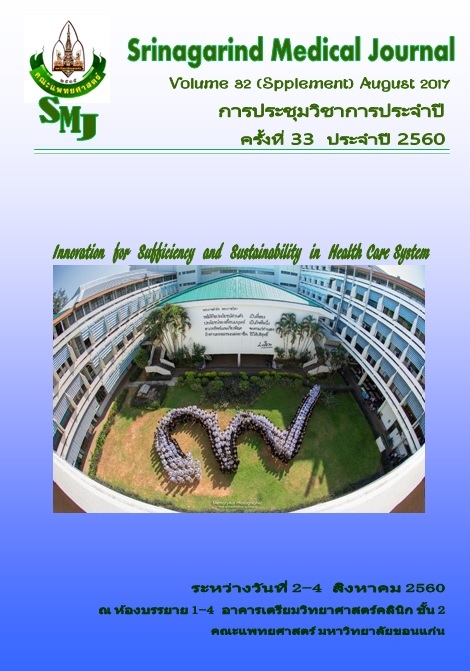Protective Effect of Asiatic Acid against Lead-induced Hypertension, Vascular Dysfucntion and Oxidative Stress in Rats
Keywords:
Asiatic acid, Hypertension, Lead, Vascular dysfunction, Oxidative stressAbstract
Background and Objective: Asiatic acid (AA), a triterpenoid compound isolated from the plant Centella asiatica, possesses anti-inflammatory, wound healing, anti-cancer and anti-hypertensive properties. Lead (Pb) is a toxic metal whose widespread use has caused extensive environmental contamination and various health problems. Chronic exposure to Pb has been considered to be a risk factor for hypertension, and this is directly or indirectly involved with oxidative stress. Therefore, the aim of this study was to evaluate whether AA could protect against hypertension, vascular dysfunction and oxidative stress in rats chronically exposed to low level of Pb.
Materials and Methods: Young male Sprague-Dawley rats were randomly allocated in to 2 experimental groups: control and P6-treated groups. Exposure was performed via the drinking water: the control group was given deionized water (DI), while the Pb-treated group was given DI with lead acetate (100 mg/L) for 16 weeks. AA (15 or 30 mg/kg) was intragastrically administered to both groups once daily for the last 4 weeks of Pb exposure. Blood pressure was assessed every two weeks throughout the experiments. Hemodynamic status, vascular responsiveness, oxidative stress markers and eNOS protein expression were examined at the end of the experiment.
Results: Pb induced hypertension by increasing arterial blood pressure and peripheral vascular resistance. A blunted vascular response to acetylcholine and phenylephrine was found in rats exposed to Pb as compared to controls (p<0.05). AA reduced the toxic effects of Pb and protected vascular dysfunction by reducing blood pressure and increasing vascular responsiveness. The vascular protective effect of AA in Pb exposed rats is associated with up-regulation eNOS and alleviation of oxidative stress by decreasing superoxide production in vascular tissues and reducing plasma malondialdehyde (p<0.05).
Conclusion: These findings suggest that AA is a promising protective agent against hypertension and vascular dysfunction induced by Pb.




